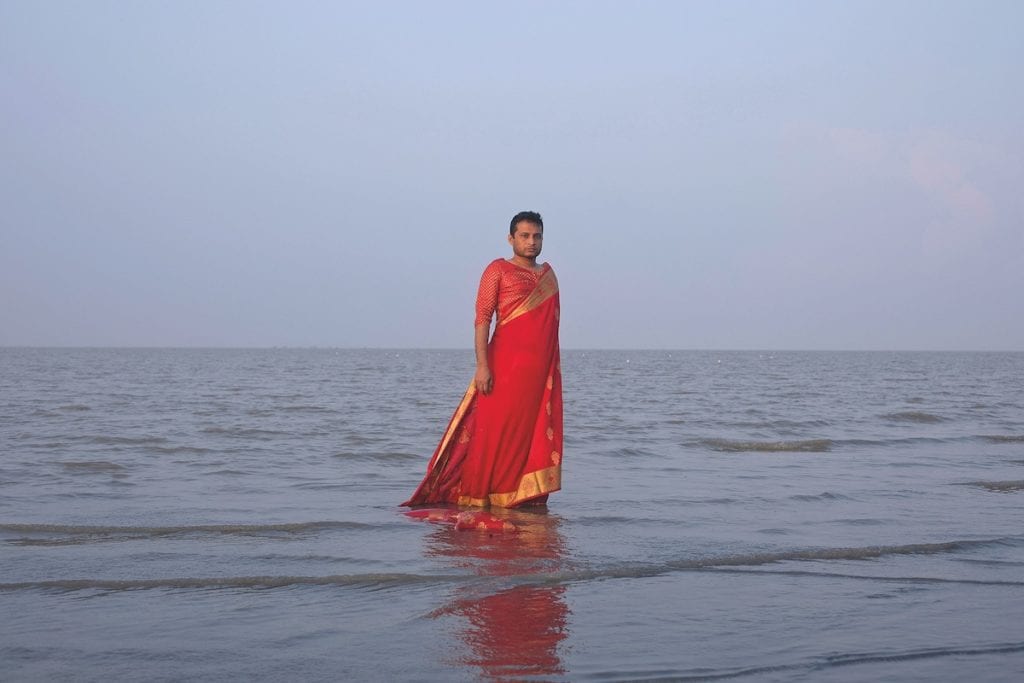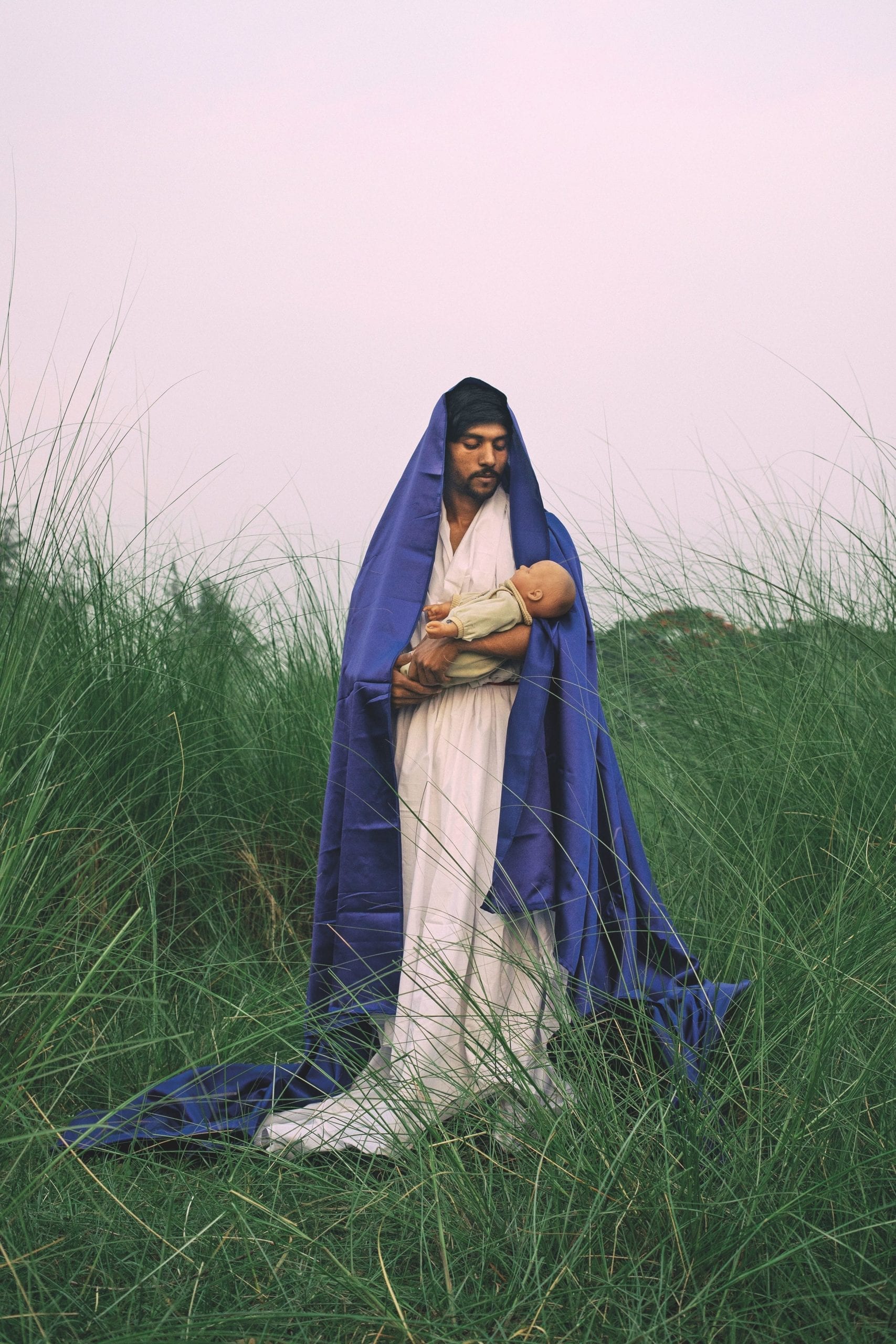Each year, British Journal of Photography presents its Ones To Watch – a group of emerging image-makers, chosen from hundreds of nominations by international experts. Throughout September, BJP-online is sharing their profiles, originally published in issue #7898 of the magazine.
A man and woman — enveloped in dust and buried in rubble — embrace in death. The rubble that surrounds them took their lives. It fell on 24 April 2013 when the Rana Plaza garment factory building collapsed in Savar, near Dhaka, Bangladesh, killing over 1000 others. The Bangladeshi photographer and activist Taslima Akhter made the image, titled A Final Embrace, after discovering the couple at 2 am that night: “Every time I look back to this photo, I feel uncomfortable — it haunts me,” she wrote for Time Lightbox. “It is as if they are saying to me, we are not a number — not only cheap labour and cheap lives. We are human beings like you. Our life is precious like yours, and our dreams are precious too.”
The photograph resonated with Sumi Anjuman who originally completed an MBA in business administration before studying photography at Pathsala Institute, Dhaka, Bangladesh, where Akhter was one of her teachers. “A Final Embrace inspired me,” reflects Anjuman when I speak to her over the phone from her home in Dhaka, “it showed me how photography can speak about the state of society — what you see and how you feel”. As Akhter’s image bears witness to the suffering of a couple who would otherwise become a number, Anjuman’s work speaks for those who society has oppressed and silenced.
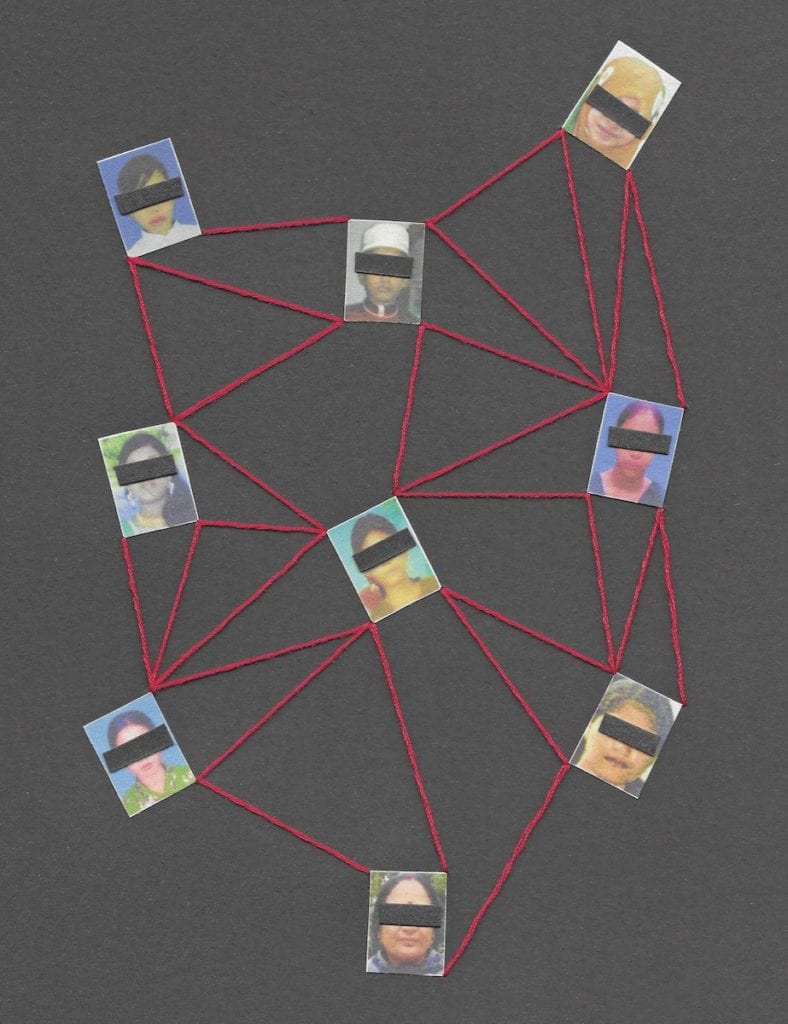
The discrimination experienced by Anjuman’s LGBTQ friends motivated her first project, Somewhere Else Than Here. In 2014 and 2015, the gay scene in Dhaka slowly opened up despite homosexuality remaining illegal under the S.377 penal code of Bangladesh. However, the recent revival of Islamic fundamentalism has seen the oppression of the community return. “I felt that I should speak out for them,” says Anjuman, who, as a woman living in Bangladesh, is familiar with the harassment experienced by her LGBTQ friends.
Two events further incited Anjuman to focus on the project. In 2014, the first LGBTQ-focused magazine Roopbaan in Bangladesh was founded. However, its publisher and co-founder Xulhaz Mannan was brutally murdered, alongside another LGBTQ activist Mahbub Rabbi Tonoy, by machete-wielding Islamic extremists in 2016. And, before that, the Bangladeshi-American secular, online activist and writer Avijit Roy, who created the online community Mukto-Mona and authored a book on homosexuality, was also murdered by machete-wielding assailants in Dhaka in 2015. These are but two of the multiple murders committed by radicals in recent years, which endure alongside the constant threats made against the LGBTQ community that have once-again forced them to retreat into the shadows.
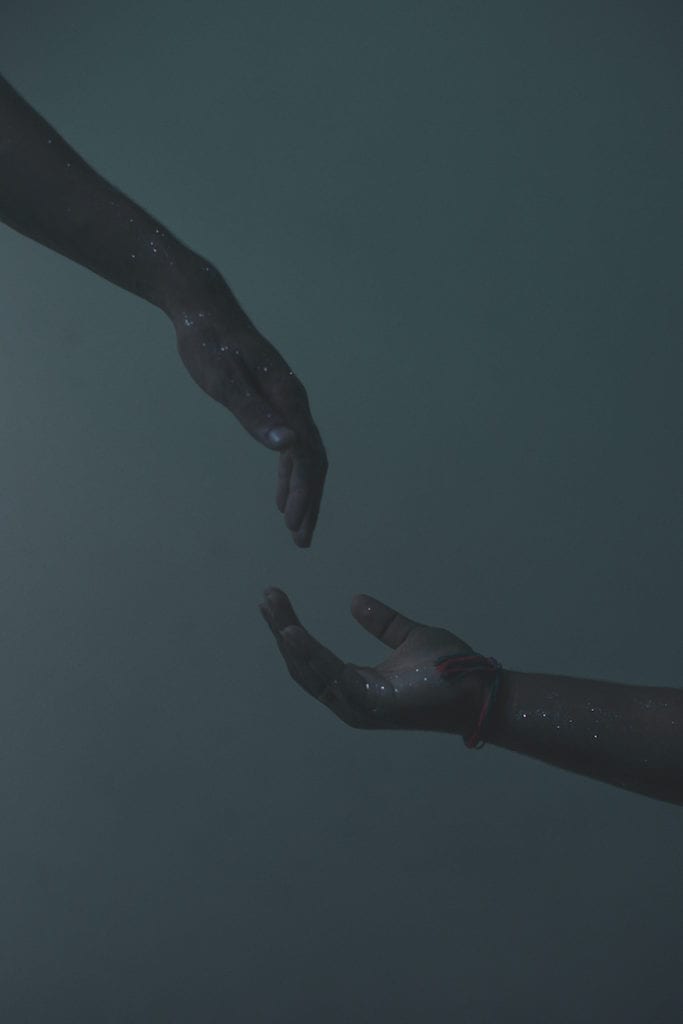
Despite her socially-focused subject-matter, Anjuman’s work is not straightforward-documentary, rather it feels more poetic, often verging on the abstract. The images that compose Somewhere Else Than Here are enchanting: individuals move through the frames, hazy and subdued; lights twinkle, bodies glow and glitter. “Sumi is an empathetic artist with the heart of a warrior and that is clear when one views her work,” writes Shadman Shahid, a photographer born and raised in Dhaka who also lectured at the Pathshala Institute, was a One to Watch in 2016 and nominated Anjuman this year. “Her photographs go beyond simple illustrations of a particular theme or idea. Rather they invite the audience to be curious about what they see. As a result, her photographs make a strong cerebral as well as the emotional impact on the viewer. Her collaborative methodology echoes the ideas of inclusivity that she strives to achieve.”
This is felt in a more recent series, which Anjuman has been working on during lockdown. The work interrogates the issue of rape in Bangladesh: in 2019 alone, 1413 females were reportedly raped, and, of those, 76 were murdered. Confined to her home by Covid-19, Anjuman considered how she could address this urgent issue; an issue, which affects her personally — “it makes me very afraid,” she says, “sometimes I feel that I cannot go out”. She began to embroider various images, sourced online, with red thread: in one, a thick, red rectangle conceals a woman’s eyes, while in another, thin lines radiate violently outwards. “The red thread has a connection with violence,” explains Anjuman. “I want people to look at these images, become aware of the issue, and ask why and how it is going on.”
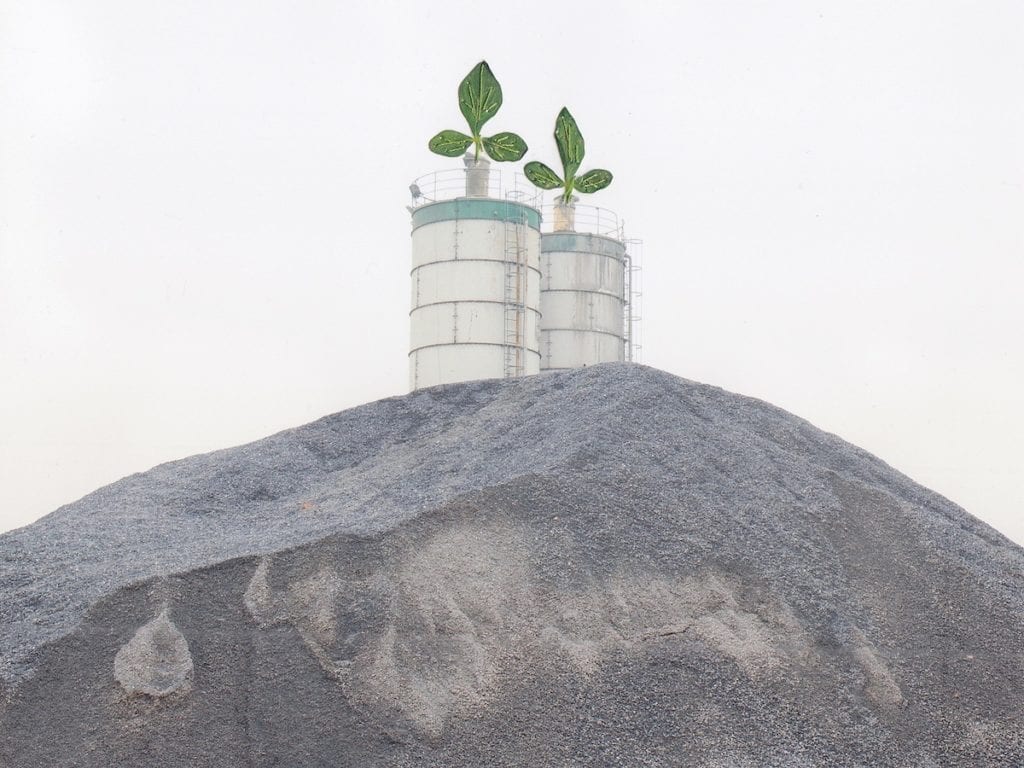
Another series began in September 2019, takes a similar approach, with Anjuman confronting the issue of deforestation through landscape images embellished with delicate, hand-stitched leaves. “During my childhood, I was very fond of planting trees,” says Anjuman, “and as I grew up I observed the landscape changing as a result of urbanisation.” In 2018, air quality in Bangladesh was the worst in the world and Dhaka was the 21st most polluted city globally. Anjuman began to photograph the landscapes around her, later incorporating imagined leaves and trees; their presence speaks of humanity’s potential to save the environment, but also, encourages us to think about what will happen if we do not.
As a woman in an Islamic conservative society, Anjuman experiences the kind of oppression, which her work tackles, first-hand. Her images are brave. She does not shy away from dangerous subjects but addresses them head-on, hoping to somehow incite change. “Everyone has the right to live and do what is right for them,” says Anjuman, “I hope I can change one person’s mind at least, and they may change another person’s mind, and that might make the situation a little better.”
